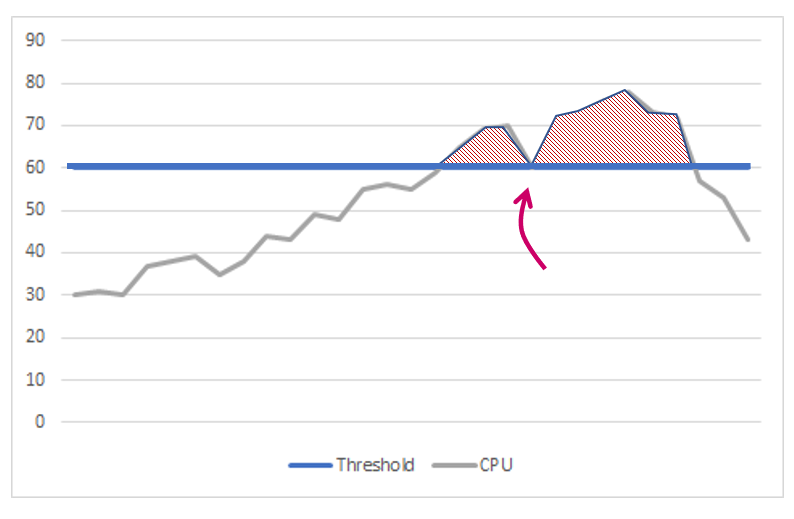Support and operation engineers don’t need to understand the majority of algorithms hidden in telecom software. But time to time it helps if you have an understanding of how some particular functionality is implemented.
The typical situation is Traffic Shaping or Overload Protection. Many operators want to understand and test, how their system behaves under a huge load of calls or messages. There are many ways how to implement these features, so let’s take a look at the most common ones.
Threshold
The easiest way how to protect the system is to define some limit. For example, we can say that our SBC is able to handle only 1.2 mil. parallel calls. If we receive a new invitate which exceeds this threshold, we respond with system error.
Similarly, we can set a limit for CPU or memory consumption. Whenever we reach, let’s say 60 % of the CPU we raise an alarm and don’t allow any new call/registration. As soon as the resource utilization drops below the threshold again, we can resume the standard system behavior and accept new calls.

Sounds reasonable and simple, however, in case that the load is close to our limit – 60 % of CPU – it can lead to so called throttling causing system instability. The last thing which you desire for if you are facing high traffic.